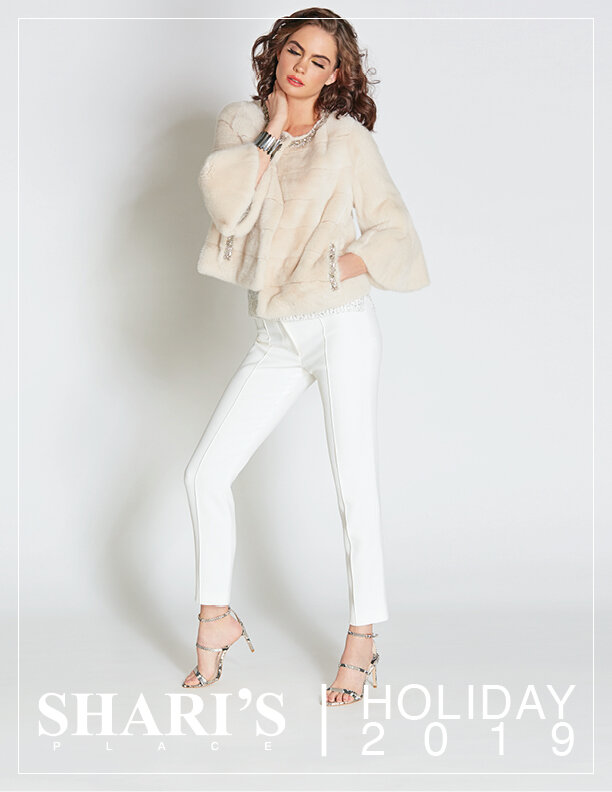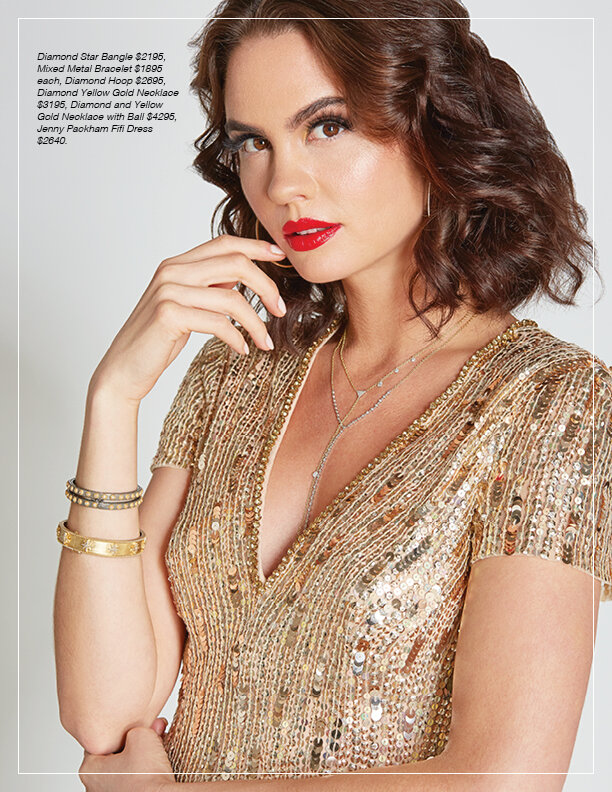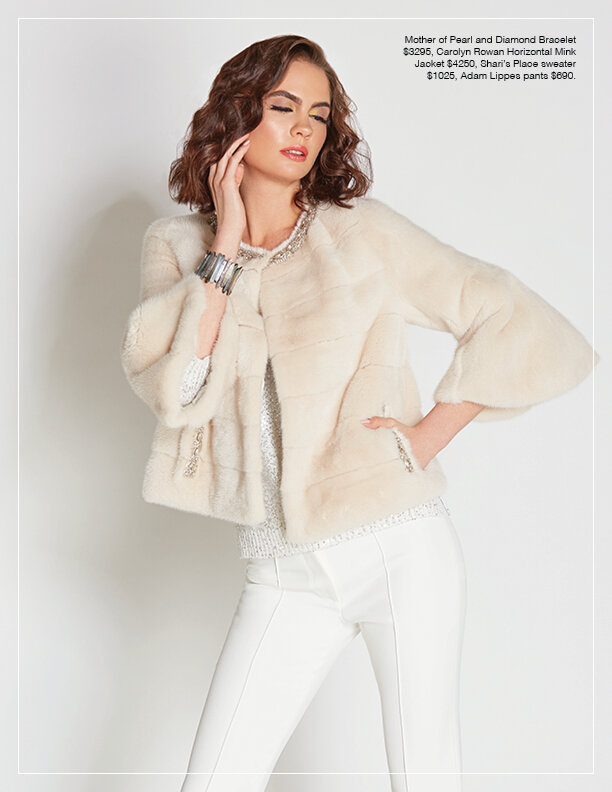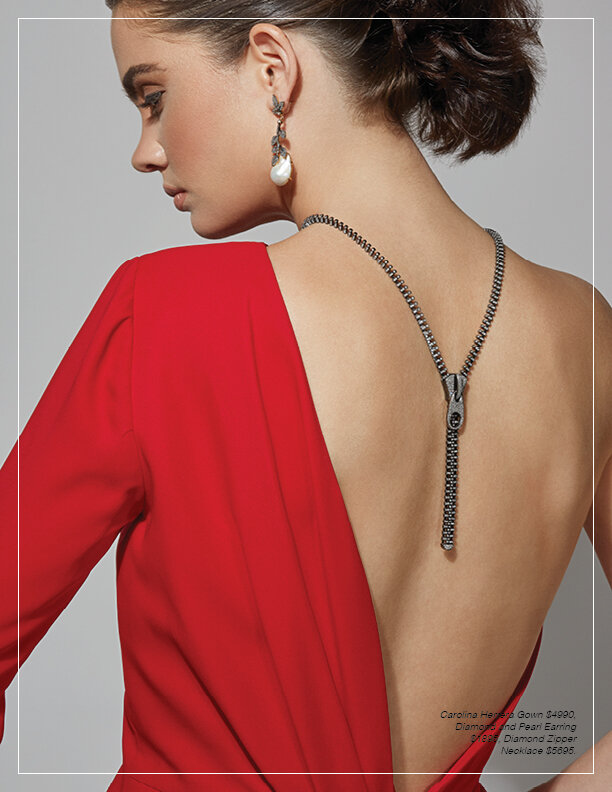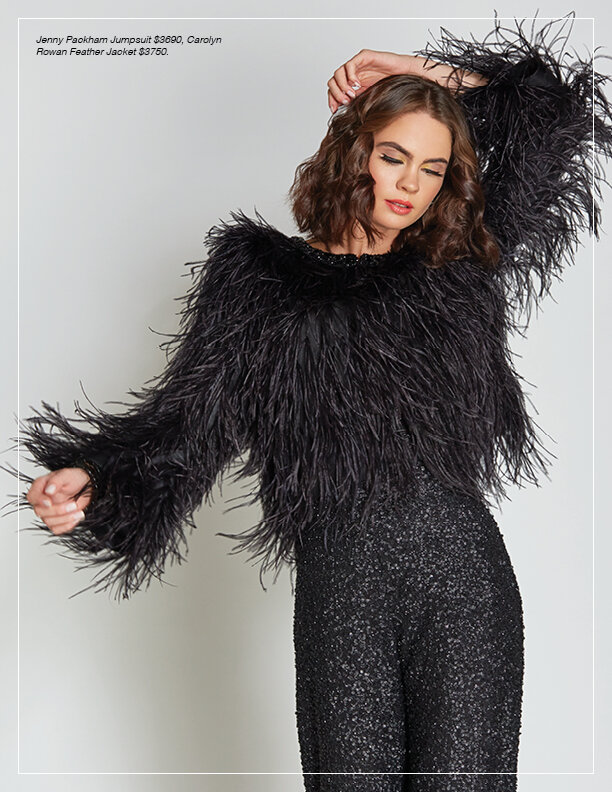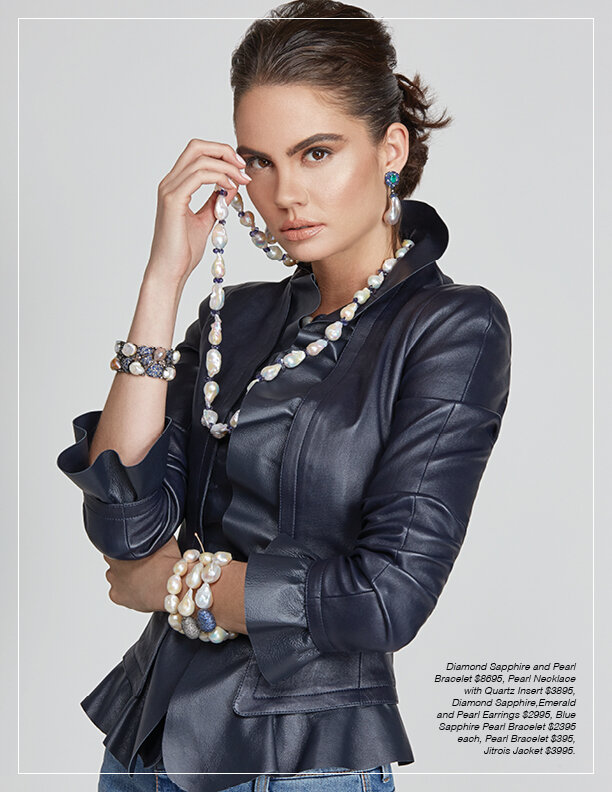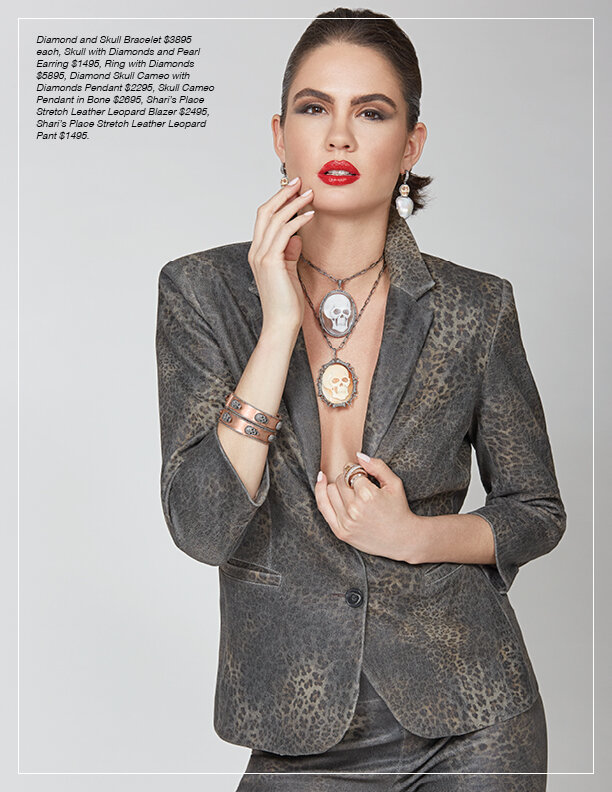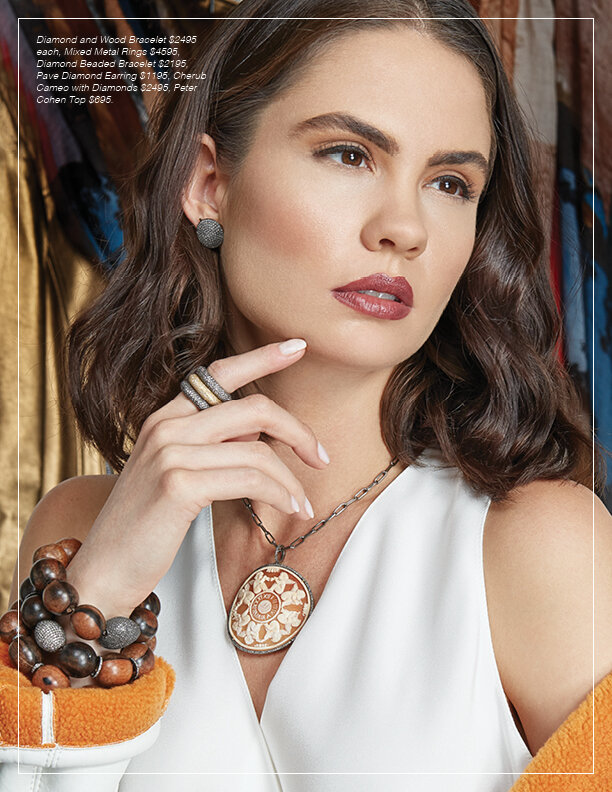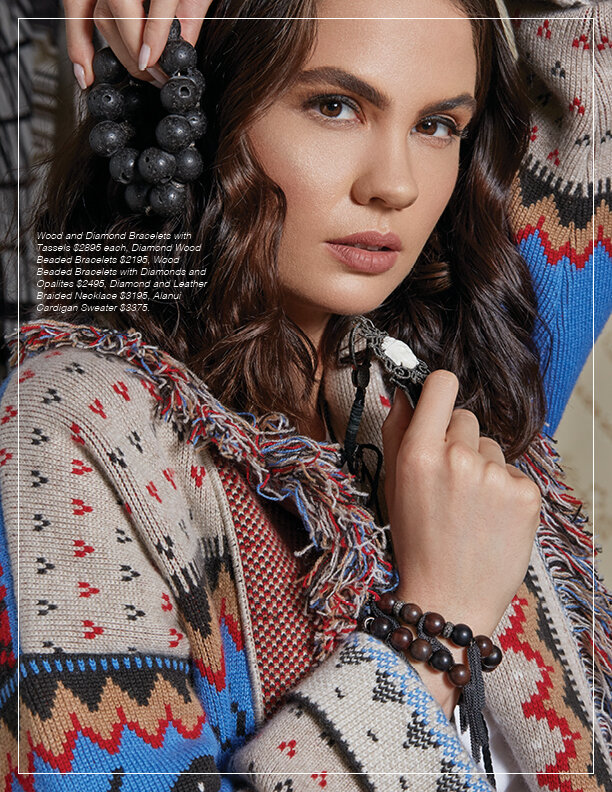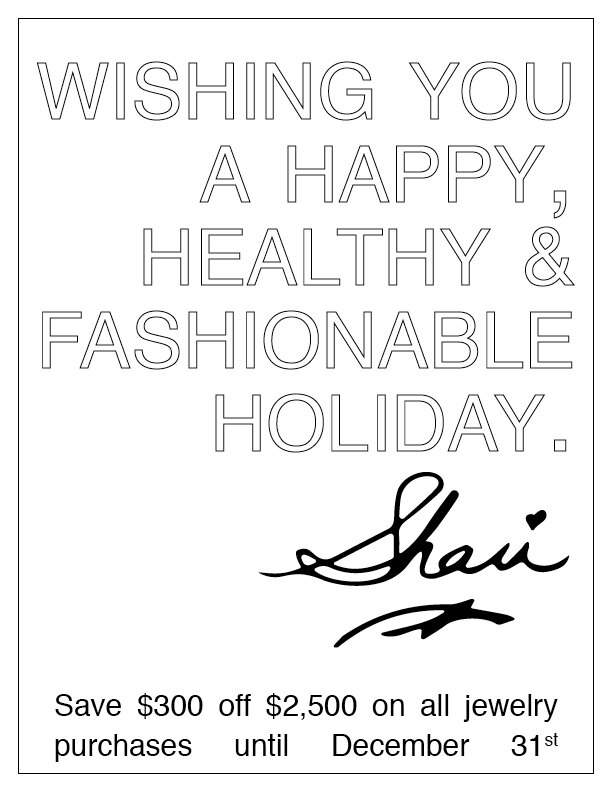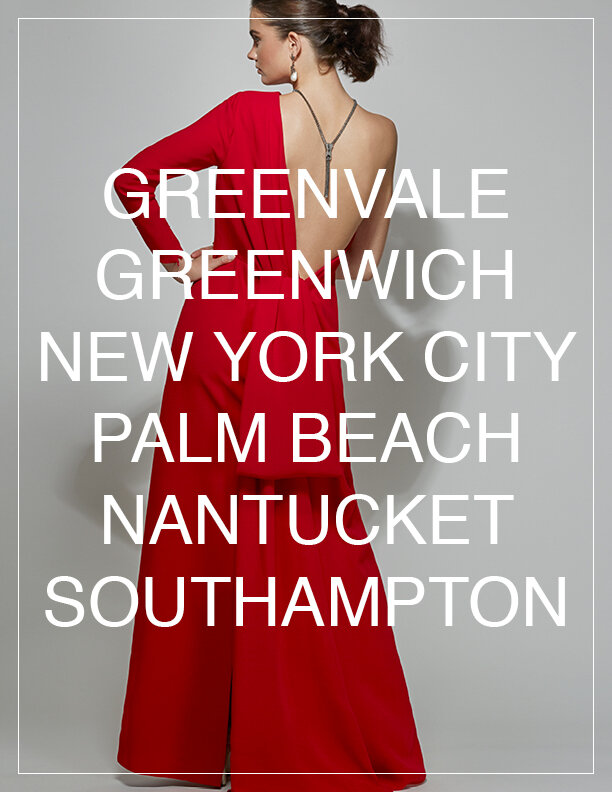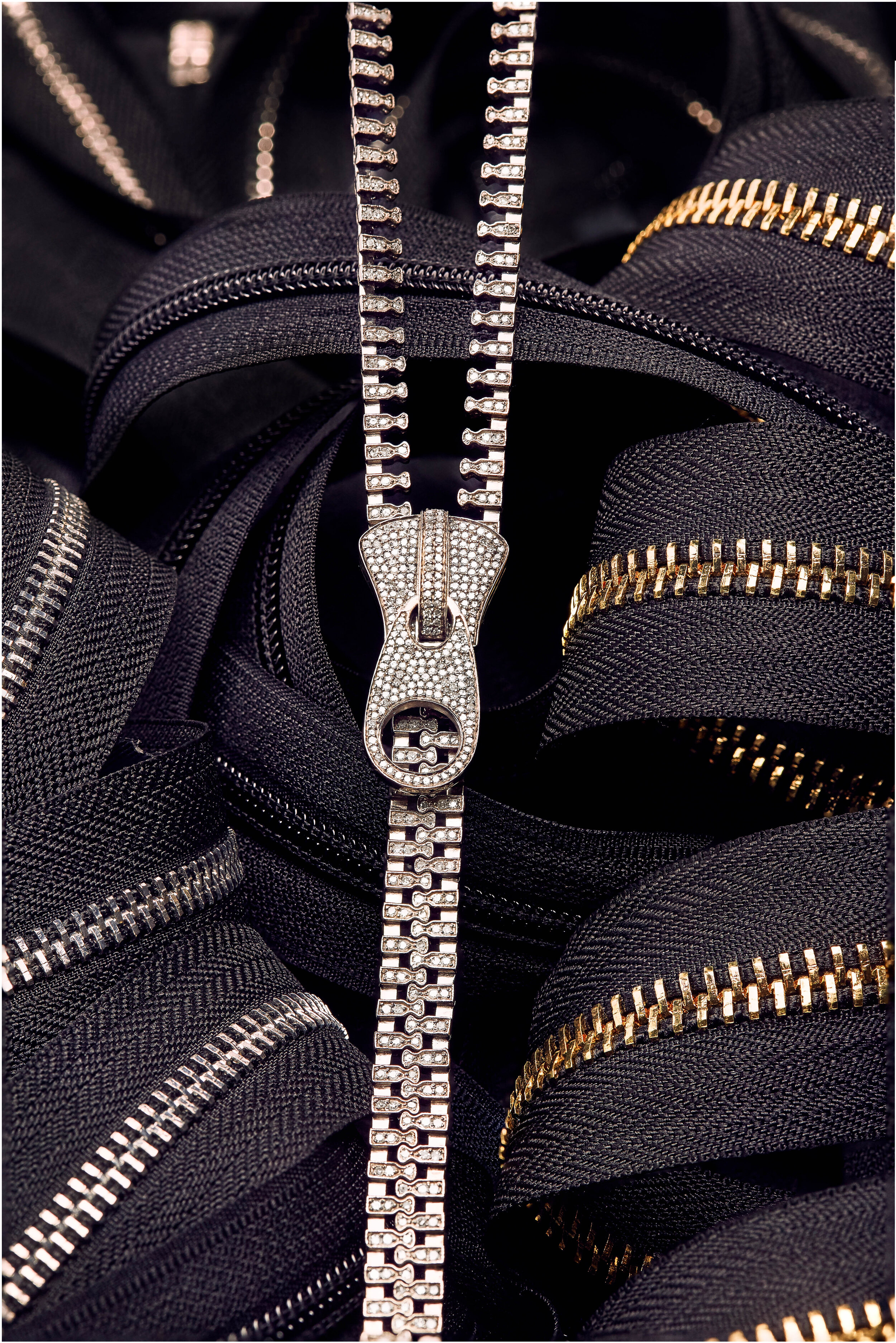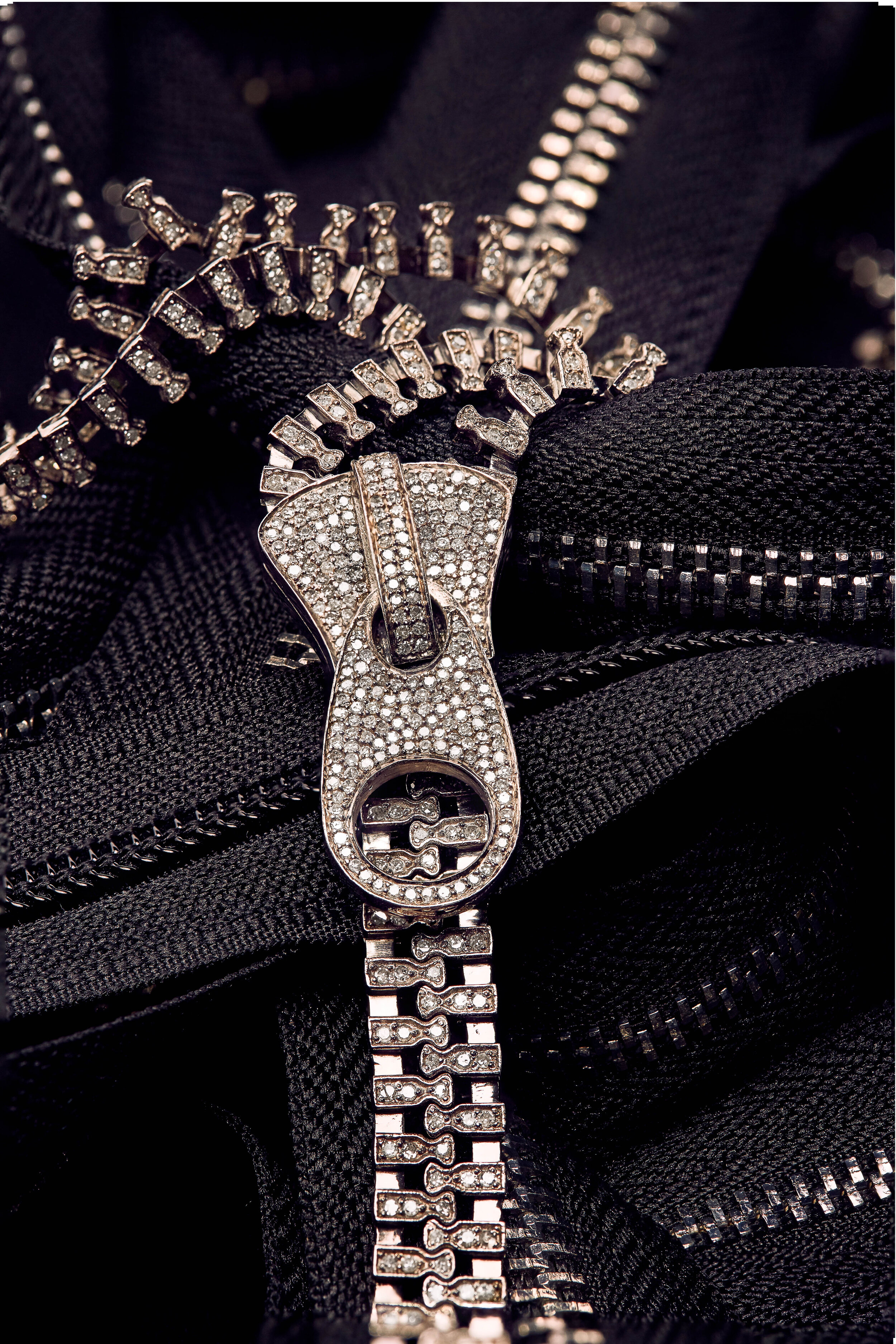Sometimes life fulls you way far down to spring you even further forward, remember that.
Read moreHoliday Gift Guide 2019
Paris, Study 321
Paris, Study 321
Reciprocity failure and Kodak Ektar 100 continued
Lacoste, Study 88
I’ve had the good fortune to travel to some amazing locations and make images in the past month. I’ve used Kodak Ektar exclusivity for my color work because I believe it gives me the best color rendition. However, I am still exploring the emulsions performance in long exposure and tricky lighting situations.
A few observations from my last few shoots. For exposures of 30 seconds or less reciprocity failure is present in Ektar 100 but has a negligible effect. As a photographer I am now more concerned with people walking through the frame close to the lens than I am about calculating reciprocity for 30 second exposures. If you are concerned meter at ISO 50 for safety. A one stop over exposure will result in a denser negative that will scan without issue and is preferred as an aesthetic choice by some Ektar users .
In the previous image posts Grand central Terminal, study 6 (http://www.timothyhutto.com/somebodylovesyou/2019/8/16/grand-central-terminal-study-6 ) & Oyster Bar at Grand Central Terminal (http://www.timothyhutto.com/somebodylovesyou/2019/8/23/oyster-bar-at-grand-central-terminal), I used Ektar 100 in indoor situations. The said scenes were metered at 8 seconds at ISO 50 and exposed the same. After scan & retouch I think the results confirm that an extra stop of exposure for safety will result in a good image in indoor situations.
In the above image Lacoste, Study 88, I metered the scene at ISO 50 ( apx 8 seconds at f/11). During capture I bracketed my exposures (as metered, +1 stop, +2 stops) to play it safe. My best negative (standard lab C-41 development) came from the +1 stop of exposure time ( apx 15s @ f/11 ISO 50 ) and +1 over exposure in my metering, a total of +2 stops of overexposure in a pre-sunrise situation.
The more I use this emulsion in long exposure situations the more questions I find myself with. Is Ektar intensive to cool wavelengths of light? Does that explain the warm rendering of shadows in most situations? Image making with Ektar has been rewarding because it has restored some of the mystery and magic that analog photography enchanted me with when I first began.
That zipper necklace photo... part 1.
This was a fun shoot to art direct and shoot, retouching not so much. This started at Pacific Trimming ( 218 W 38th St, New York, NY 10018) where I was overwhelmed by the cost and selection of zippers. Who knew that there were so many options? After much back and forth, and some questions the staff got me what I needed to build the set for this jewelry photo.
Building out the set was another set of new challenges. At first I started building on standard white 1/4” foam core but because the zippers were black the background foam core created distraction. Honestly, I would have needed an additional dozen zippers to build out a small jewelry set on white. Switching to black foam core allowed me to create deeper set that would give me more depth and fall off in the image without investing in more props.
To light the set I used Elinchrom strobe lights an impact beauty dish that was heavily feathered. By feathering the contrasty beauty dish light I was able to create deep shadows on what was a shallow set. Those deep shadows really allow the jewelry pop off the dark background.
In the next part I’ll go over my tethering and important aspects of creating this image.
It's Friday the 13th... let's talk about happy accidents!
Friday the 13th will always have a special place in my heart. I was born on a Friday the 13th and it is a sort-of unofficial day of celebration for me and my family. On this Friday the 13th I want to talk about happy accidents but more importantly about using the unexpected as a tool.
What you see in the photos below wasn’t what I had pre-visualized when I hit the shutter release. I had anticipated a much higher contrast from the lighting but that’s not what I got back from the photo lab. In this case the work wasn’t for a client. However I did invest in film, development & scanning. It seems silly to let all that go to waste.
So this is where as a creative professional you put on the thinking cap. How do I use the less than perfect photographic elements as a new starting point and make something better. In this case I wanted to reintroduce color on the gold “C” on the loafer. From there it quickly became fun, testing color relationships and digital brush strokes.
In the end the images are playful with a Warhol screen print feel. That most people can get a sense of I’ve seen this before but a little different. If things don’t go perfect, it’s a good thing because you’ll grow from it.
Exploring repetition and line in composition
Being hyper stimulated by the ebb and flow in NYC, I often want to reduce that sense of chaos in to something orderly. It’s my photographers soul trying to control everything and bend the light to create something visually expressive of the feeling in the moment. I find that reducing the elements while working in black and white gets me focused on abstraction that dips in to the fundamental elements of design.
In these studies of the Oculus at ground zero I focused on line and repetition to emphasize a strong sense stability to take back ownership of the change that 9/11 created in my life.
"If you want to improve the composition of your photos you can do so by incorporating other elements likes
using a Golden Ratio or using Rule of Third. Using these rules will improve the overall composition of your pictures"
Oculus, study 6
Oculus, study 18
Oculus, study 12
A few words on scanning negatives with the Epson V600
I’m currently working my way through scanning twenty four rolls of film I shot during my Apres SCAD trip. I want to take this opportunity to share my thoughts on my flat bed scanner.
My home setup is an Epson V600 flatbed using the proprietary software. On previous trips and for some jobs I’ve had my lab do the scans but they always leave me thinking I could have done this better myself. However the trade off is time. The Epson V600 while adequate is on the slow side due to its narrow back light used for scanning negatives. It is an entry level scanner that is great for learning and refining your technique but you will out grow it if you are doing heavier levels of photo production.

